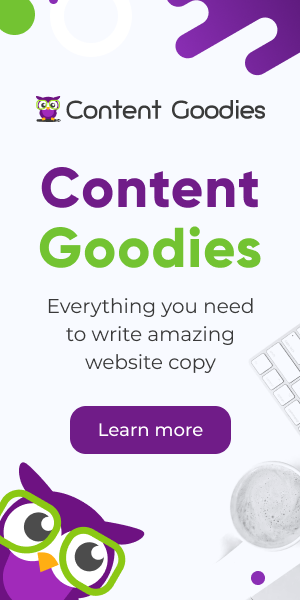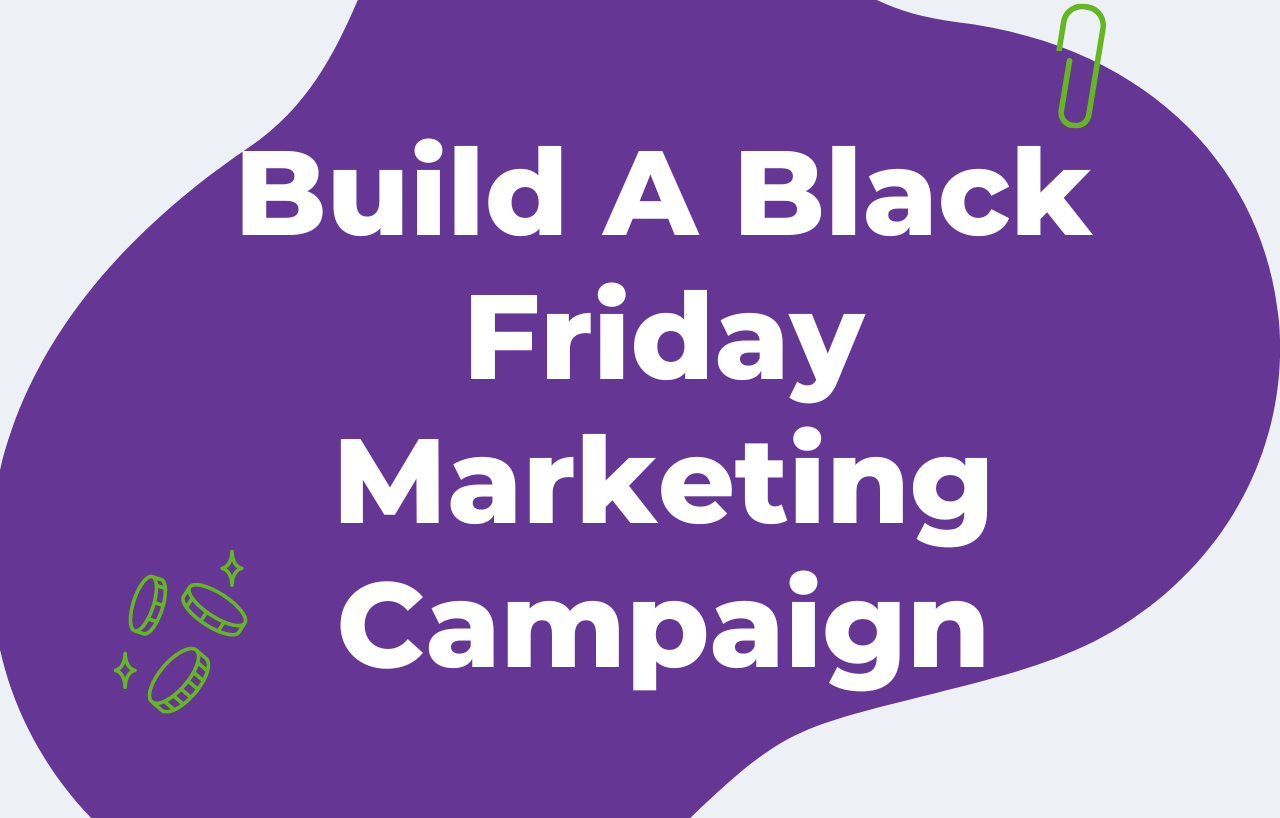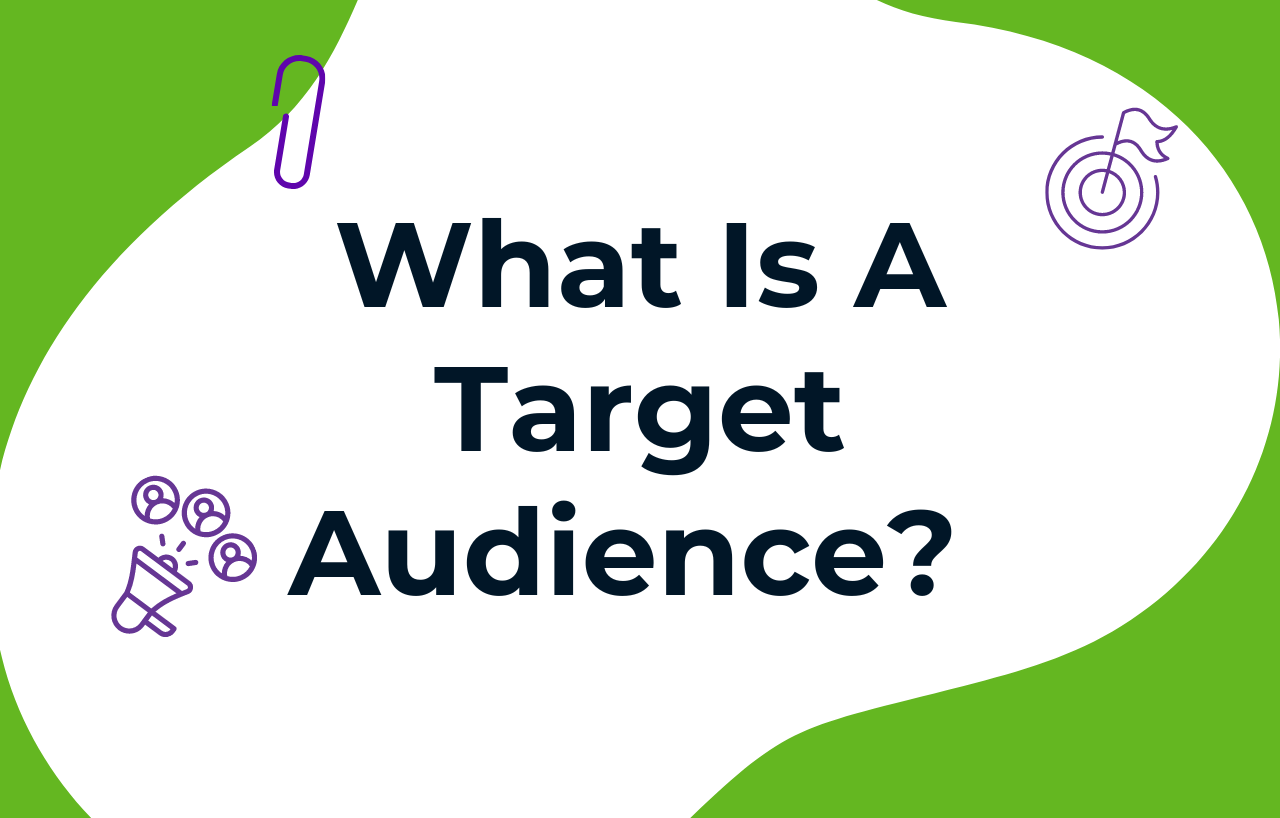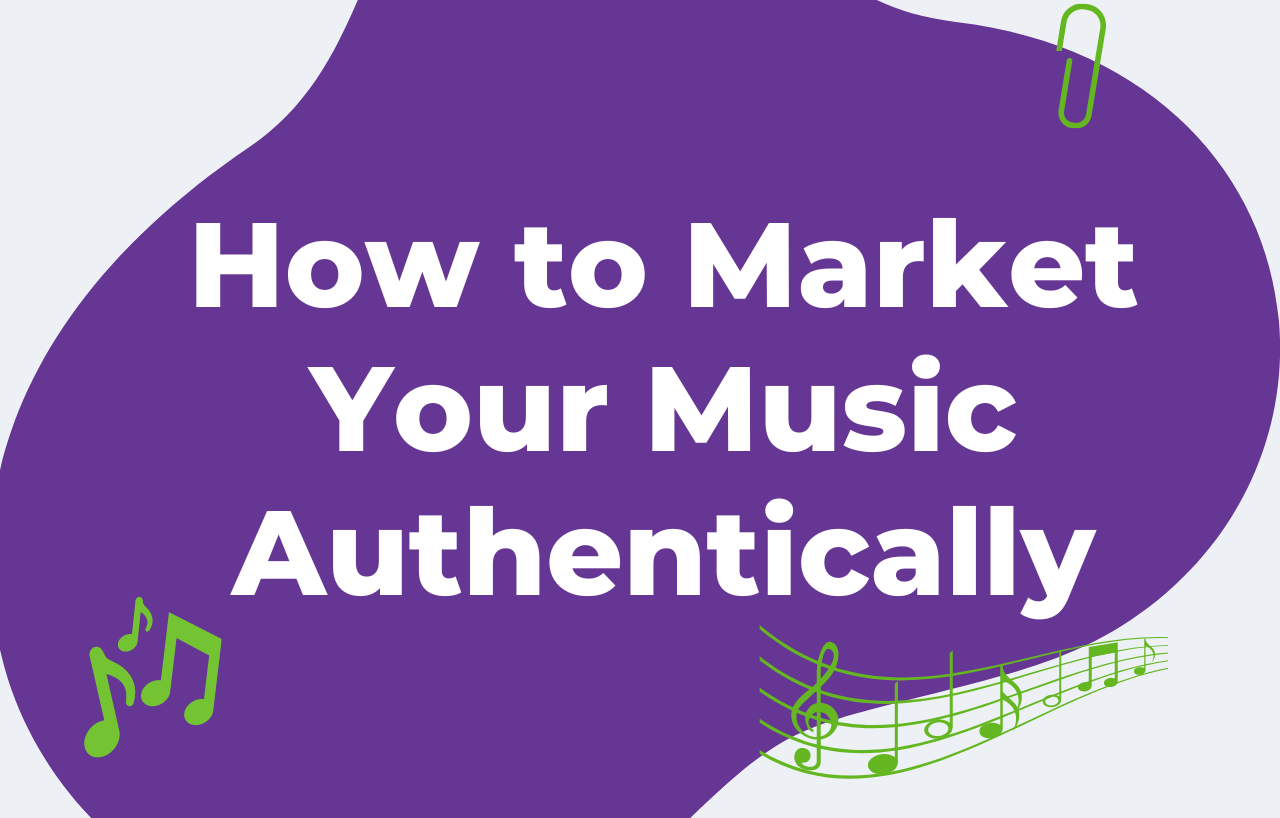Having dyslexia makes everything harder to process. Whether it’s the written word or video, people with dyslexia can have a lot of issues trying to understand what’s being said and can even struggle to focus on the content itself.
6.3 million people have dyslexia in the UK, and 20% of Americans have dyslexia. That’s a lot of people, and many of these people will be on the internet looking for your services or products.
If a potential customer has dyslexia and visits your website, but finds it difficult to understand what you’re offering or can’t focus on your main selling points, they probably won’t convert.
What can you do to make your website easier and more accessible for your visitors with dyslexia?
There are many simple things you can do to improve your website’s accessibility, as well as more complex and in-depth tools you can set up to ensure every one of your clients has a positive experience with your brand.
Today we’re going to take an in-depth look into how you can improve the content on your website to make it accessible for any visitor with dyslexia.

What do people with dyslexia struggle with online?
Before we look into how to write for people with dyslexia, let’s take a closer look at how dyslexia affects people to understand what some of our visitors have to deal with regularly.
It’s important to remember that, just like with a lot of disabilities, people with dyslexia experience it differently and at different rates. Usually, though, dyslexia is associated with having difficulty reading, writing and spelling. But, it can also affect:
- How you remember information
- How you interpret different sounds that makeup words
- How you match sounds to words
- How you process information
- Your ability to focus on text – which makes reading long passages of text difficult
Some users even experience visual distortions that make it seem like letters are jumping around the page. But it affects people to different degrees. Some people might experience all this, and others might share only one or two traits.
How to make your website copy more accessible for people with dyslexia
Creating dyslexia-friendly content will help you reach more of your clients online and show your audience that you’re a thoughtful brand that wants to make the web accessible for all.
Here are five things you can do today to improve your website’s accessibility for dyslexic people.
1. Use easy to read fonts
Fonts significantly impact the readability of your blog posts and website text. Some fonts are difficult for neurotypical people to read, never mind those with dyslexia!
If you want to ensure your potential clients with dyslexia have a positive experience browsing your website, then choosing a readable font is the way to go.
People with dyslexia can experience visual distortion, which causes words to run into each other and dance around the screen. This is more likely to happen if the font is cursive or if there isn’t a lot of space between the letters.
Here are a few best practices to follow when it comes to improving font readability:
Choose sans serif fonts like Arial, Calibri, or Verdana. These are much easier to read as they’re less crowded, and the letters are nicely spaced out
Use the font size of 12 or 14 point (16 to 19 pixels)
Always make sure that headings are at least 20% larger than the rest of the text
Use a minimum of 1.5 spacing between the lines
Don’t use underlined text or italics, as this squishes words and makes them appear cramped. Instead, use bold when emphasising something!
When publishing things on your website, check with your web developer to ensure these changes are in effect all over your website.

Did you know that there is also a font made specifically for people with dyslexia? It’s called open-dyslexic, and it makes text incredibly easy to read for people with dyslexia, but many designers don’t like how it looks.
If you’re not a fan of open-dyslexic or other dyslexic-friendly fonts, then you can add a dyslexia-friendly mode to your website. This allows users to switch the mode they’re viewing if they have dyslexia to understand your website better.
2. Take colour into consideration
Many people with dyslexia are very sensitive to high contrast colour, especially pure black text on a pure white background.
This type of colour set-up often triggers visual distortion where text blurs together. It can also create a glare that makes the words harder to read. This is why many dyslexic people favour night mode on social media apps and web pages.
For your website, we’d advise using dark colour text on a light background – but not white! This makes it much easier to read and if you’re looking for text colour, consider a dark grey.
Flashy backgrounds full of patterns and photos also make text harder to read. Stick to a simple, coloured background like an off-white, cream, light grey or soft pastel colour.
These colours will also make your website easier to read for your non-dyslexic visitors!
Whatever colour you choose, make sure there is enough contrast between the background colour and the colour of the text. Otherwise, it’ll be nearly impossible to distinguish, and your dyslexic audience will find it difficult to understand you.

3. Write in plain English - there’s no need to be poetic
When writing for people with dyslexia using plain English that’s clear, direct and easy to understand is best. Everyday language with short sentences and singular points will be easier to understand than content full of complex jargon and metaphors.
If you want to make your content more accessible to people with dyslexia, use plain, simple English in everything you write. This will also make it easy for everybody to understand. Not everyone will be in with your niche’s lingo, so avoiding industry jargon in all your content should be standard.
Here are a few simple tips to follow when writing simple English:
If a shorter, more straightforward word can be used, use it. For example, instead of additional use more or instead of commence use, start.
Always use the active voice instead of the passive voice.
Avoid using complex language.
Don’t write in upper case. STOP SHOUTING!
Use commas instead of hyphens in your sentences, as these affect the flow of sentences.
Only write one point per paragraph; otherwise, people with dyslexia might get confused by what you’re trying to say.
4. Design your content for assistive technology
Many people with dyslexia and other disabilities use assistive technology to help them use the internet with zero complications. Dyslexic people use technology like text-to-speech software, which takes the text and converts it into audio. Isn’t technology great?
Some people also use screen readers to help them understand longer pages of text. As a content creator on the internet, it’s vital that you make your content as friendly as possible for these pieces of technology.

So, if you want to make your content more accessible to users with screen readers and other text-to-speech software, here are a few things you should do.
Headings
Most screen readers will navigate content using headings, so it’s necessary to have relevant titles that follow a structure – H1, H2, H3.
Links
Screen readers will also navigate using links, so make sure the text on your links is descriptive. Don’t use ‘click here’ or ‘read more’. Instead, describe where the link will take them.
Acronyms
Don’t overuse acronyms in your writing, as they often sound like gibberish when read aloud by a screen reader.
Making your content accessible for screen readers doesn’t just help the technology work correctly. It also aids the reader in digesting the information you’re providing them with. It helps them understand the different information being told to them in each paragraph.
5. Have a consistent layout or structure
How you present your content physically is just as important as the words you write. Your webpage will be challenging to navigate without a consistent structure, logical headings and an easy-to-understand layout.
Here are a few tips for structuring content on your website:
Make sure all the essential information is at the top in the opening section
Always use relevant headings that make sense
Include content tables for long pages of text and link to each section to allow readers to skip to sections they’re looking for
Split up complex topics across more than one web page
Use short paragraphs. People with dyslexia can often lose their place or experience blurring distortions if paragraphs are too long
Include bullet points and numbered lists. These are essential for breaking up long walls of text
Stick to one idea per paragraph
Avoid columns in your page layout
Keep a line length of 60 – 70 characters
Keep your text aligned to the left
Some people with dyslexia can experience what is known as the ‘river effect’. This occurs when there are large gaps in long lines of text. Their focus will shift to the white space between the words making it difficult to read the paragraphs.
When laying out your content avoid using:
Justified text
Irregular spacing between words
Double spaces after full stops
Centred text

We’re on a mission to make the web as accessible as possible for everybody who uses it, so we want to share all the tips we know about accessible content.
We hope this blog post on how to write content for people with dyslexia has helped you figure out some ways to make your website more accessible to others.
If you’re stuck or need some expert help, the team at The Content Lab is here for you. We’ll work with you to develop content that’s accessible to your audience regardless of their disability.
Get in touch with our team today if you want to start producing high-quality, valuable, relevant and accessible content.




